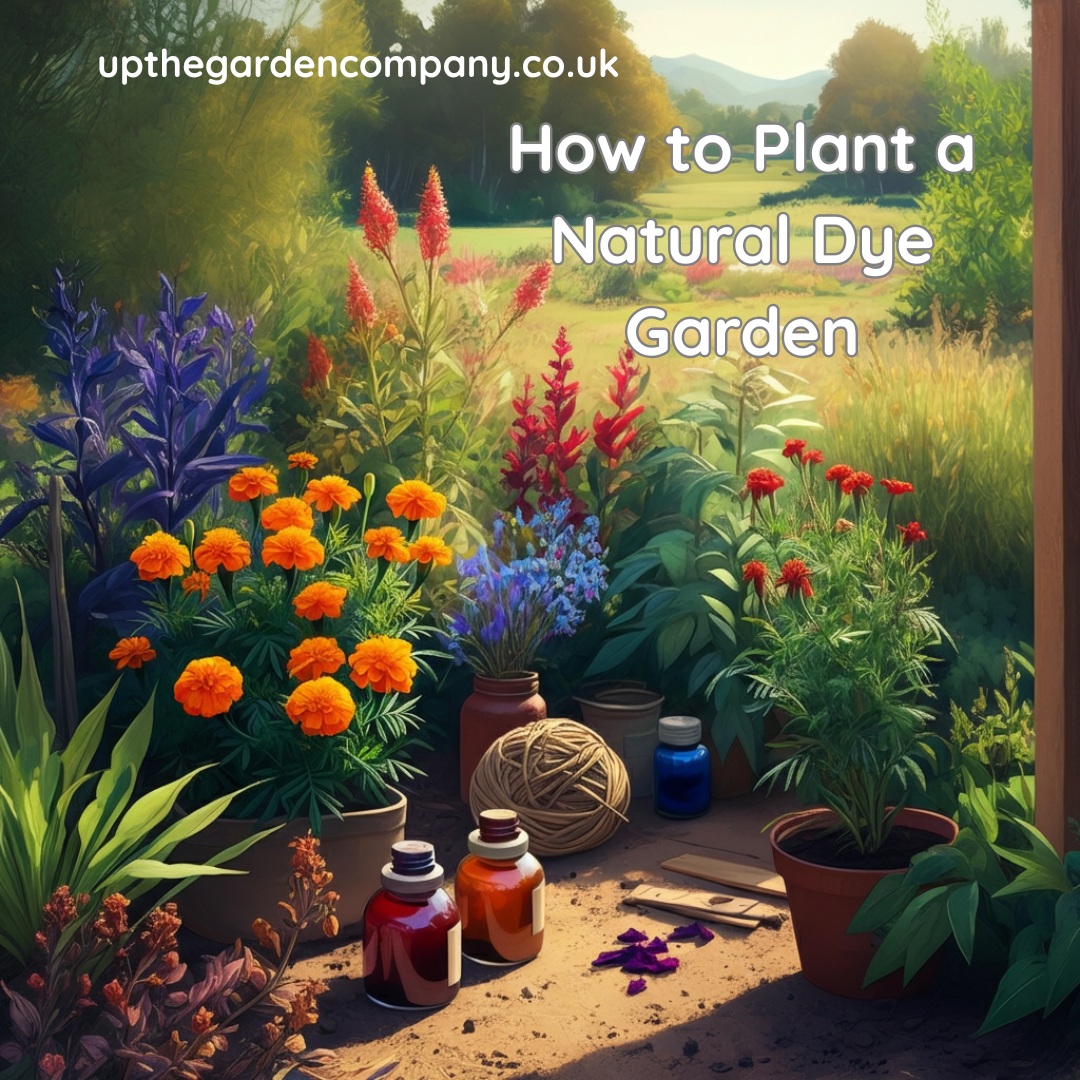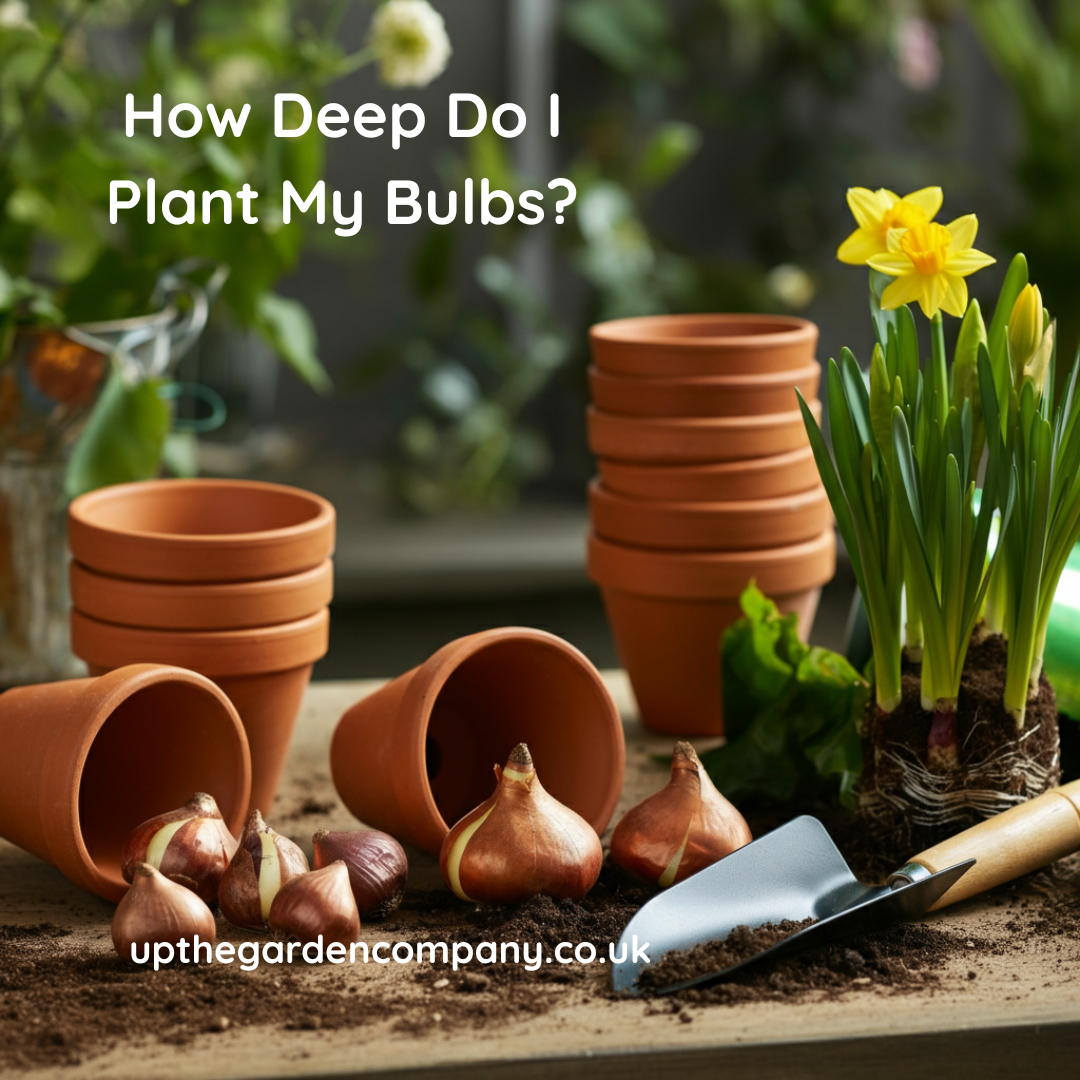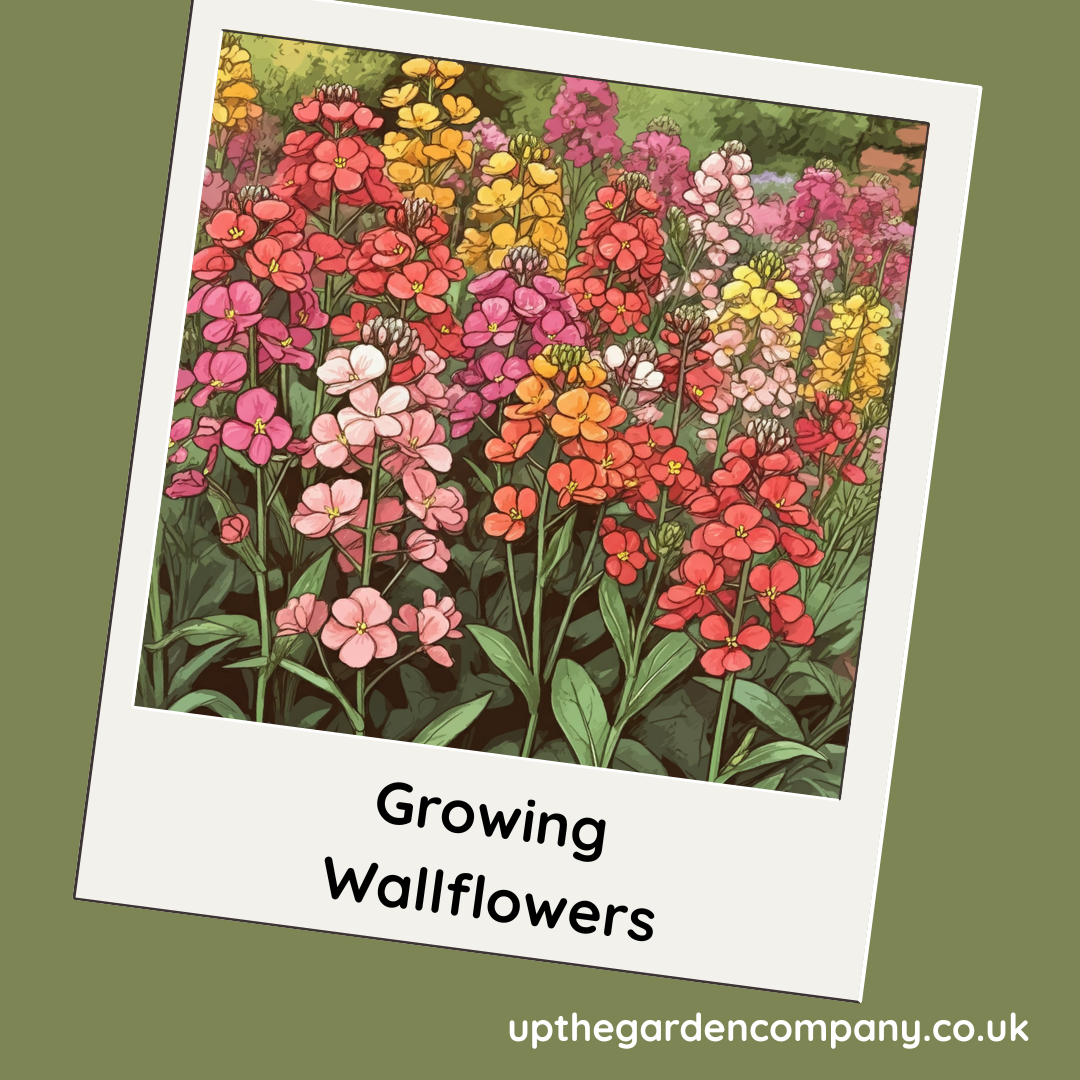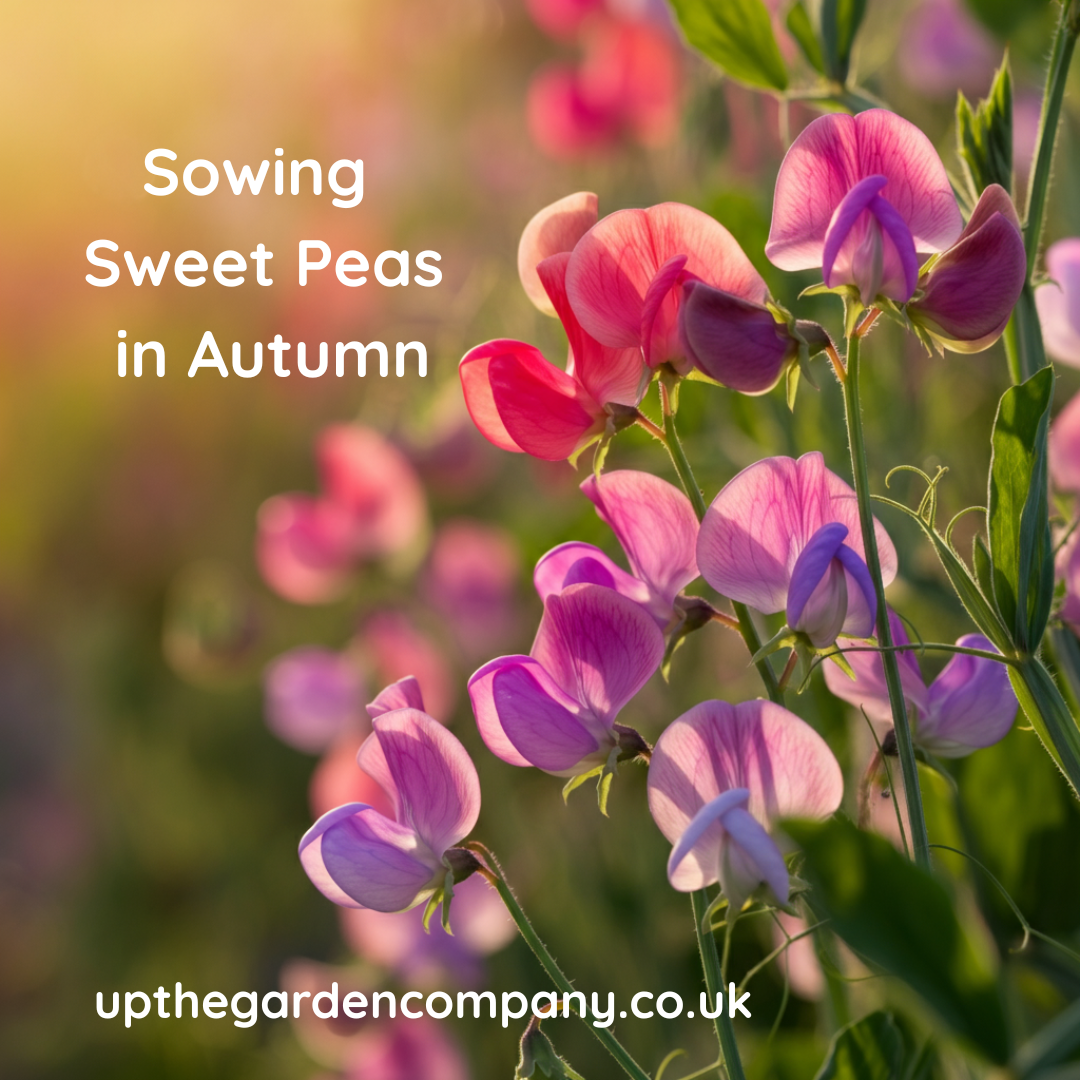Contemporary gardens represent the perfect marriage of form and function, combining sleek aesthetics with practical living spaces. Unlike traditional garden styles that rely heavily on historical references, contemporary design embraces clean lines, innovative materials and purposeful planting to create outdoor spaces that feel fresh and relevant.
The beauty of contemporary garden design lies in its flexibility and adaptability. These gardens work equally well in compact urban settings and expansive rural properties, making them an excellent choice for homeowners seeking a timeless yet modern approach to outdoor living.
What is a Contemporary Garden?
A contemporary garden is characterised by its clean, uncluttered aesthetic and emphasis on geometric shapes and modern materials. These gardens prioritise simplicity over ornamentation, creating spaces that feel calm, organised and purposeful. Unlike minimalist gardens that strip away almost everything, contemporary designs strike a balance between simplicity and visual interest.
Key characteristics of contemporary gardens include structured plantings, bold architectural elements and innovative use of materials like steel, concrete and composite decking. Water features often appear as sleek rectangular pools or linear rills rather than traditional fountains. Lighting plays a crucial role, with carefully positioned LED strips and sculptural fixtures creating drama after dark.
The contemporary approach also embraces sustainability, incorporating eco-friendly materials, drought-tolerant plants and efficient irrigation systems. This makes contemporary gardens not only beautiful but also environmentally responsible and cost-effective to maintain.
History of Contemporary Garden Design
Contemporary garden design emerged during the mid-20th century as designers began moving away from traditional cottage garden and formal Victorian styles. The movement gained momentum in the 1960s and 1970s, influenced by modernist architecture and changing lifestyles that demanded more functional outdoor spaces.
The Chelsea Flower Show played a pivotal role in showcasing contemporary design to British audiences. Gardens featuring bold geometric patterns, architectural plants and modern materials began appearing regularly, challenging traditional notions of what an English garden should look like.
Climate change and environmental awareness have further shaped contemporary garden design. Modern designers increasingly focus on creating gardens that work with natural weather patterns, incorporating native plants and sustainable practices that reduce environmental impact whilst maintaining visual appeal.
Famous Contemporary Garden Designers
Several influential designers have shaped the contemporary garden movement. Dan Pearson is renowned for his naturalistic approach to contemporary design, creating gardens that feel both modern and in harmony with their surroundings. His work demonstrates how contemporary principles can be applied whilst respecting local ecology and natural beauty.
Tom Stuart-Smith has gained recognition for his bold use of perennial plantings combined with strong architectural elements. His designs prove that contemporary gardens can be both structured and wildly beautiful, incorporating meadow-like plantings within geometric frameworks.
Christopher Bradley-Hole revolutionised contemporary garden design with his minimalist approach and masterful use of repetition. His gardens feature carefully selected plant palettes repeated throughout the space, creating unity and visual rhythm that feels both sophisticated and serene.
Elements of a Contemporary Garden
Contemporary gardens rely on several key design elements working together to create their distinctive aesthetic. Clean lines form the foundation, whether expressed through straight-edged paths, rectangular planting beds, or linear water features. These geometric shapes provide structure and help define different areas within the garden.
Material selection plays a crucial role in achieving the contemporary look. Modern materials like cor-ten steel, polished concrete, and composite decking create sleek surfaces that contrast beautifully with soft plantings. These materials also offer practical benefits, requiring minimal maintenance whilst providing long-lasting durability.
Repetition and rhythm create visual harmony throughout contemporary gardens. This might involve repeating the same plant in blocks, using identical planters throughout the space, or incorporating repeated architectural elements like screens or sculptures. This repetition creates a sense of unity that ties the entire design together.
What to Consider When Planning Your Contemporary Garden
Position and Environment
Assess your garden’s orientation and microclimate before beginning any design work. Contemporary gardens work best when designed to respond to specific environmental conditions. South-facing gardens might benefit from pergolas or screening to provide shade, whilst north-facing spaces might focus on reflective surfaces to maximise available light.
Consider how your contemporary garden will relate to your home’s architecture. The most successful contemporary gardens create seamless transitions between indoor and outdoor spaces, often extending interior flooring materials onto terraces or using similar colour palettes throughout.
Style and Function
Determine how you want to use your garden before finalising the design. Contemporary gardens excel at creating distinct zones for different activities – entertaining areas with built-in seating, quiet contemplation spaces with water features, or productive areas with raised vegetable beds integrated into the overall design.
Think about storage needs early in the planning process. Contemporary gardens hide practical elements like bins, tools and garden equipment behind sleek screens or within purpose-built structures that complement the overall aesthetic.
Maintenance Requirements
Contemporary gardens often require less maintenance than traditional styles, but they demand different types of care. Hard landscaping materials need occasional cleaning to maintain their appearance, whilst structural plantings require precise pruning to preserve their architectural qualities.
Plan for seasonal interest when selecting plants and materials. Contemporary gardens should look good year-round, relying on evergreen structure, interesting bark textures and carefully planned seasonal colour rather than short-lived flower displays.
Plants for Contemporary Gardens
1. Miscanthus sinensis ‘Gracillimus’
This ornamental grass provides vertical structure and movement, creating beautiful silhouettes against clean backgrounds. Its narrow leaves and feathery plumes add texture without overwhelming other design elements.
2. Buxus sempervirens (Box)
Perfect for creating geometric shapes and defined edges, box responds well to clipping and maintains its form throughout the year. Use it to create low hedges, topiary shapes, or structural blocks within planting schemes.
3. Astelia chathamica
This striking architectural plant features sword-like silver leaves that create bold focal points. It thrives in coastal conditions and adds dramatic texture to contemporary plantings.
4. Phormium tenax (New Zealand Flax)
Available in various colours and sizes, phormiums provide strong architectural presence and work particularly well in large planters or as specimen plants within gravel gardens.
5. Lavandula angustifolia ‘Hidcote’
This compact lavender variety offers fragrance, colour, and structure. Plant in blocks or linear drifts to create contemporary interpretations of traditional lavender borders.
6. Cortaderia selloana ‘Pumila’
A more compact pampas grass variety that provides dramatic texture and seasonal interest without overwhelming smaller gardens. Its architectural form works perfectly in contemporary settings.
7. Verbena bonariensis
This see-through perennial adds height and purple colour whilst maintaining the clean lines essential to contemporary design. It self-seeds readily, creating natural drifts over time.
8. Heuchera ‘Palace Purple’
Provides reliable evergreen groundcover with attractive burgundy foliage that complements modern materials like steel and concrete. Plant in blocks for maximum contemporary impact.
9. Festuca glauca ‘Elijah Blue’
This compact blue-grey grass creates perfect spherical mounds that work beautifully repeated throughout contemporary plantings. It requires minimal maintenance and provides year-round structure.
10. Allium hollandicum ‘Purple Sensation’
These architectural bulbs create perfect purple spheres that complement contemporary design principles. Plant in geometric patterns or naturalistic drifts for spring interest.
Essential Design Features
Contemporary gardens incorporate several key design features that define their character. Geometric water features create focal points whilst adding movement and sound to the space. Consider linear rills, rectangular reflecting pools or sculptural fountains that complement rather than compete with the overall design.
Outdoor lighting transforms contemporary gardens after dark, highlighting architectural plants and creating dramatic shadows on walls and surfaces. LED strip lighting concealed within seating or along pathways provides subtle illumination, whilst uplighting creates sculptural effects with specimen trees and large grasses.
Built-in seating integrates seamlessly with contemporary garden design, often doubling as retaining walls or planters. Materials like concrete, steel or composite timber create comfortable seating that requires no additional furniture and maintains the clean aesthetic year-round.
Screening plays a vital role in contemporary gardens, creating privacy whilst maintaining openness where desired. Modern screening materials include cor-ten steel panels, living walls or precisely clipped hedging that provides structure whilst softening hard edges.
Advantages and Disadvantages of Contemporary Gardens
Contemporary gardens offer numerous advantages for modern homeowners. They typically require less maintenance than traditional gardens once established, as they rely on structural plants and quality hard landscaping rather than labour-intensive flower borders. The clean aesthetic works well with modern architecture and creates a sense of calm that many find appealing.
These gardens also adapt well to changing needs. The flexible design approach allows for modifications without compromising the overall aesthetic, making them perfect for growing families or evolving lifestyles.
However, contemporary gardens do have some limitations. The initial installation costs can be higher due to quality materials and precise construction requirements. Some people find the aesthetic too stark or miss the cottage garden charm of traditional English gardens. Seasonal interest can also be more challenging to achieve without relying on traditional flower borders.
The structured nature of contemporary gardens means that maintenance, whilst less frequent, must be precise. Hedge clipping, grass cutting and material cleaning must be done regularly to maintain the crisp appearance that defines the style.
Bringing Your Contemporary Garden Vision to Life
Creating a successful contemporary garden requires careful planning, quality materials, and precise execution. Start by developing a clear vision of how you want to use your space, then work with the natural characteristics of your site to create a design that feels both modern and appropriate to its setting.
Remember that contemporary garden design is about creating spaces that enhance your lifestyle whilst respecting the environment. Choose plants that thrive in your specific conditions, select materials that will age gracefully, and design layouts that will continue to function well as your needs evolve.
Take inspiration from the great contemporary designers but adapt their ideas to suit your unique space and requirements. The most successful contemporary gardens feel personal and purposeful, reflecting their owners’ lives whilst contributing to the broader landscape.
Consider seeking professional advice for complex installations or if you’re unsure about plant selections and material choices. A well-designed contemporary garden represents a significant investment in your property and quality of life, making professional guidance a worthwhile consideration.
Plan your contemporary garden transformation today and create an outdoor space that brings you joy for years to come. Start with small changes if budget or time is limited – even simple updates like adding geometric planters or incorporating modern materials can begin your journey toward contemporary garden style.
Further Details: Creating a Cottage Garden, Creating a Perfect Coastal Garden, A Guide to Prairie Planting, Creating Harmony with Nature Naturalistic Garden Design









